Uncover the captivating communist history of Split on this comprehensive tour. Led by an expert guide with a deep understanding of the era, you’ll explore renowned landmarks that offer a glimpse into life under Tito’s rule. From visiting an armored train to sitting inside a vintage Yugo car, unique experiences bring the past to life. As you explore the Non-Aligned Movement and its impact on the city, you’ll gain a nuanced perspective on Split’s complex political and social heritage. This immersive journey promises to challenge and intrigue, leaving you with a newfound appreciation for this fascinating chapter of Croatian history.
Key Points
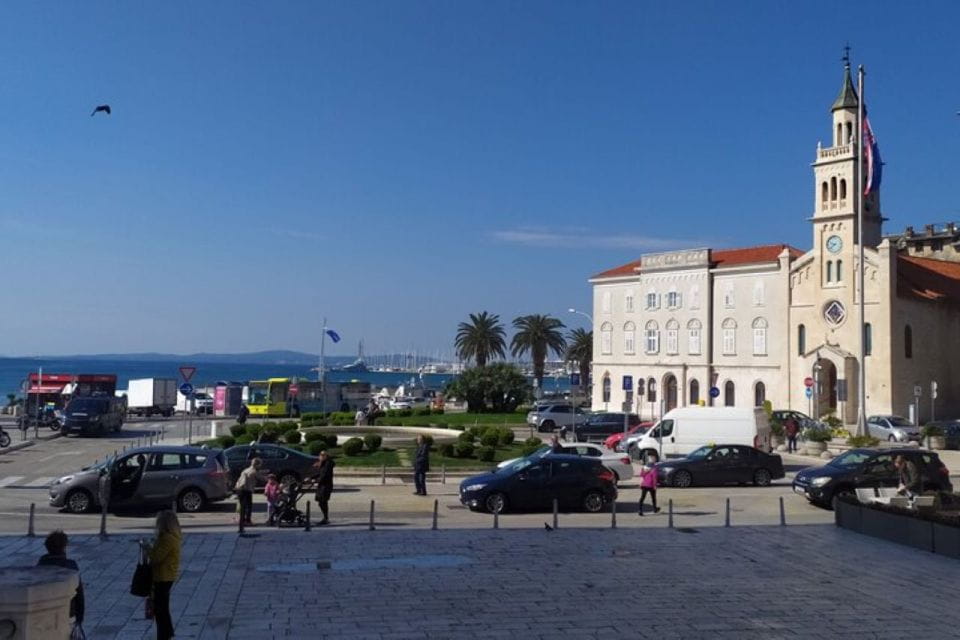
- This 3.5-hour tour explores the communist past of Split, Croatia, including visits to landmarks like Poljud Stadium and Prodajni centar Koteks.
- Participants will gain insights into Tito’s dictatorship, workers’ self-management, and the architectural symbols of communism during the tour.
- The tour includes interactive displays, personal anecdotes, and unique experiences like sitting in a Yugo car to immerse visitors in the communist era.
- A knowledgeable local guide with a Master’s degree in history leads the small-group tour, providing comprehensive and engaging historical information.
- The tour starts and ends at the central Trg Franje Tuđmana 1, allowing participants to explore Split’s historic city center before and after the communist-focused experience.
Tour Overview and Details
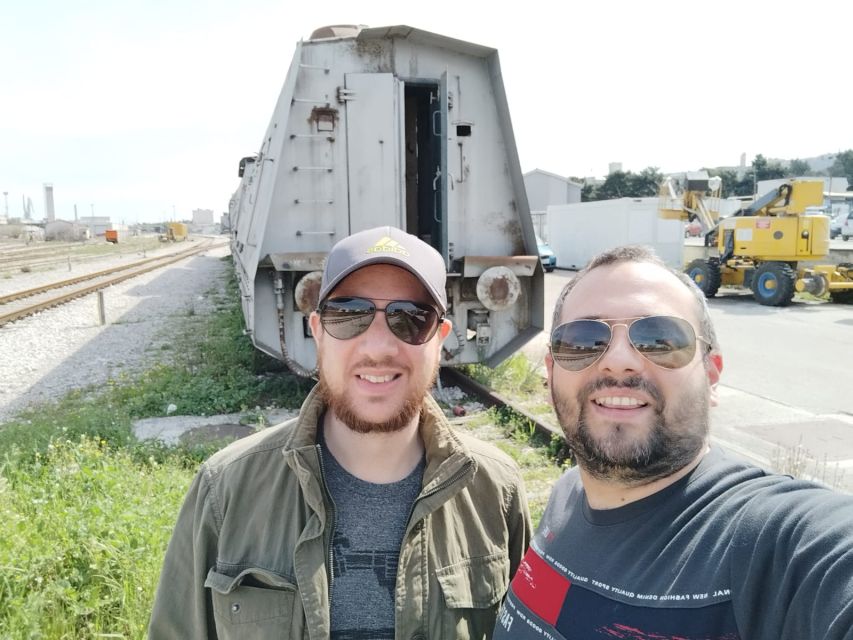
The Communism History Landmarks Tour offers a comprehensive exploration of Split’s communist past, providing visitors with a captivating 3.5-hour journey through the city’s political, industrial, and economic history during the Yugoslav era.
Priced at $97.68 per person, this small-group tour (max 8 participants) is available in English and Croatian. With a flexible booking policy and free cancellation up to 24 hours in advance, the tour promises an immersive experience.
Highlights include visits to the Poljud Stadium, Prodajni centar Koteks, Krstarica, and Kopilica ulica, where you will uncover stories about life under Tito’s rule and discover architectural symbols from the communist era.
The tour also includes unique experiences like viewing an armored train and sitting inside a Yugo car.
Fascinated by Split's past? More historical tours we've covered
Itinerary Highlights
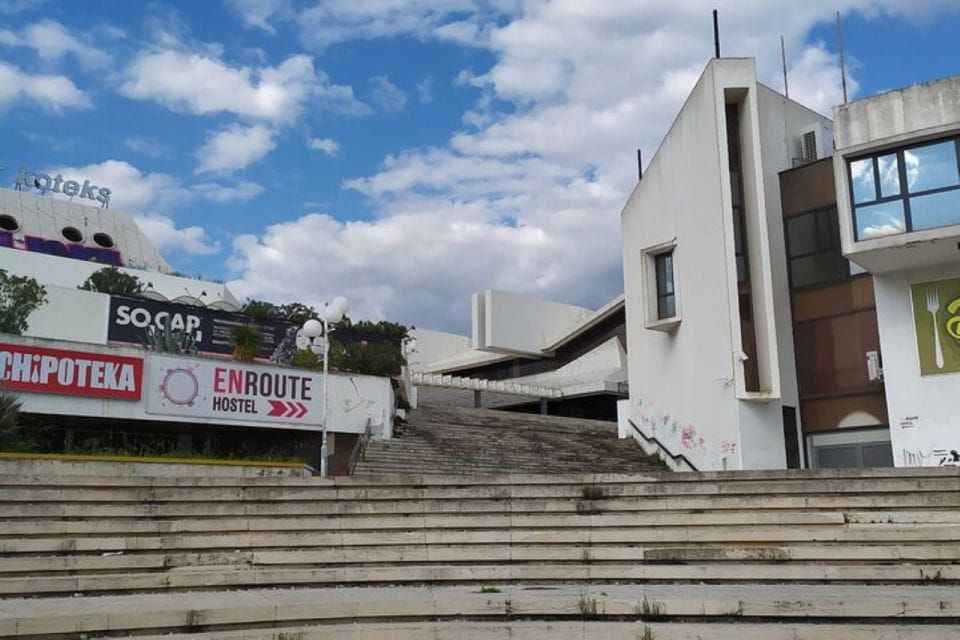
Kicking off the tour at Trg Franje Tuđmana 1 in Riva, Split, participants explore the city’s communist past, starting with a 10-minute stop at the iconic Poljud Stadium. Next, they explore the Prodajni centar Koteks, a former shopping center that exemplifies the socialist architecture of the era. The highlight is a 1.5-hour visit to the Krstarica, Split’s former naval ship, where they’ll learn about the Non-Aligned Movement and life under Tito’s rule. The tour continues with a 20-minute stroll through the Kopilica ulica and a 10-minute stop at a hidden gem photo opportunity.
| Stop | Duration | Highlights |
|---|---|---|
| Poljud Stadium | 10 minutes | Iconic communist-era architecture |
| Prodajni centar Koteks | 30 minutes | Explore socialist shopping center |
| Krstarica, Split | 1.5 hours | Learn about Tito’s rule and Non-Aligned Movement |
| Kopilica ulica | 20 minutes | Stroll through historic neighborhood |
Historical Insights
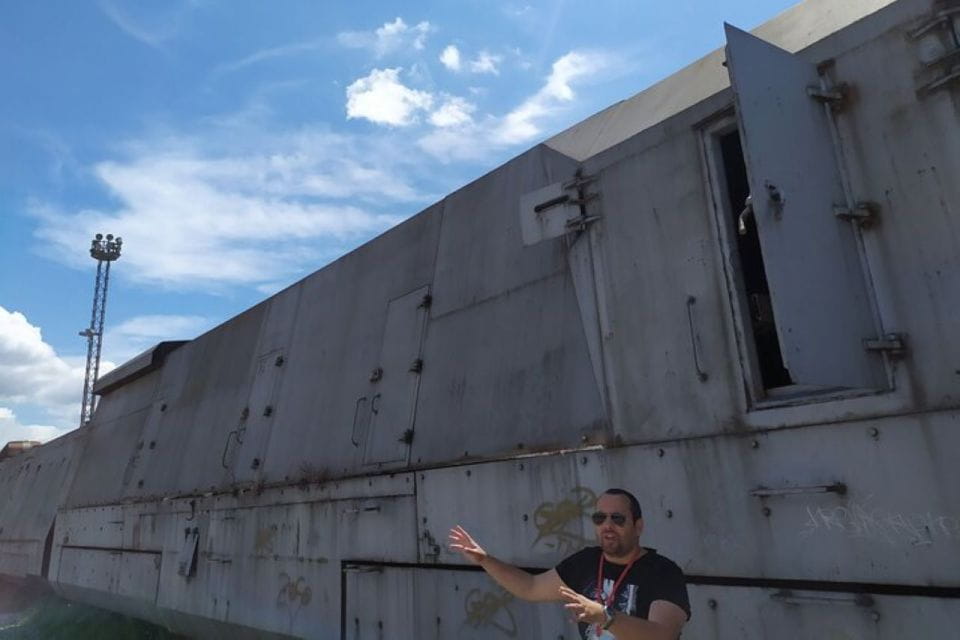
Exploring Split’s communist history, the tour uncovers stories about life under Tito’s dictatorship, workers’ self-management, and the Non-Aligned Movement.
Visitors explore the political, industrial, and economic significance of Split during Yugoslavia’s communist era.
The guide shares insights into the architectural symbols that defined the communist aesthetic, from the modernist Split 3 neighborhood to the first shopping mall in the country.
Participants gain a deeper understanding of the complexities and contradictions of the socialist system, learning how it shaped the city’s identity and culture.
Through interactive displays and personal anecdotes, the tour paints a vivid picture of daily life and the gradual transition away from communist rule.
Unique Experiences
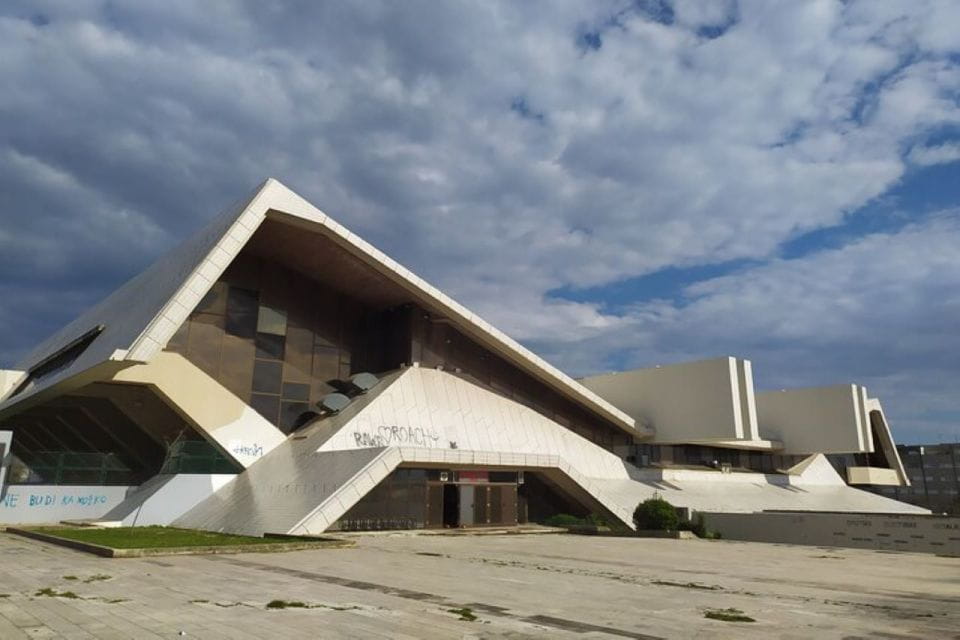
Complementing the historical insights, the tour offers a range of unique experiences that immerse visitors in the tangible vestiges of Yugoslavia’s communist era.
Participants can view the imposing Armored train, a symbolic relic of the system’s collapse, and sit inside a Yugo car – a national emblem of the period.
Plus, interactive reconstruction images and pictures help illustrate the communist past, providing a visceral connection to the bygone era.
These captivating elements bring the communist history to life, allowing participants to engage with the sights, sounds, and even the feel of the era, fostering a deeper understanding of Split’s complex past under Tito’s dictatorship and the Non-Aligned Movement.
Included Services
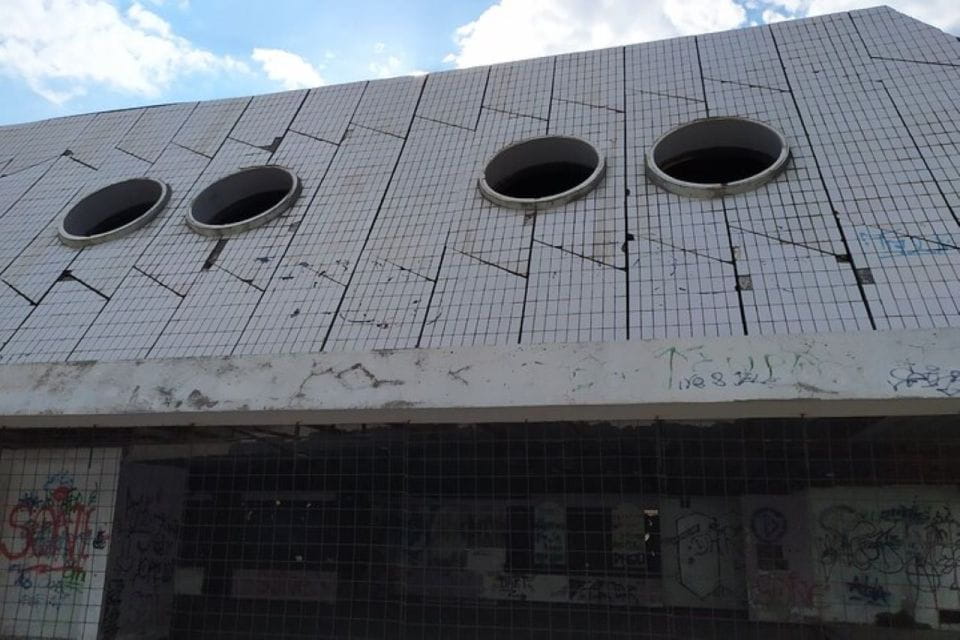
The tour includes a range of valuable services to enrich the overall experience, from a knowledgeable local guide with a Master’s degree in history to complimentary refreshments from the communist era. Guests can expect:
- A local licensed professional guide who’ll share their expertise on Split’s communist history and provide historical insights throughout the tour.
- A complimentary soft drink from the communist era, allowing participants to get a taste of the bygone era.
- Personalized recommendations and tips from the guide to make the most of the experience.
Hotel pickup and drop-off are also available, though not included in the tour price.
The tour aims to deliver a comprehensive and immersive exploration of Split’s communist past through these thoughtful inclusions.
- From Split: Krka Waterfalls Tour
- Plitvice Lakes Group Tour From Split
- Plitvice Lakes National Park Guided Day Tour From Split
- Zipline Croatia: Cetina Canyon Zipline Adventure From Omis
- Krka National Park Tour With Tour Guide & Wine Tasting From Split & Trogir
- Split: Krka National Park With Boat Cruise and Swimming
Starting Location
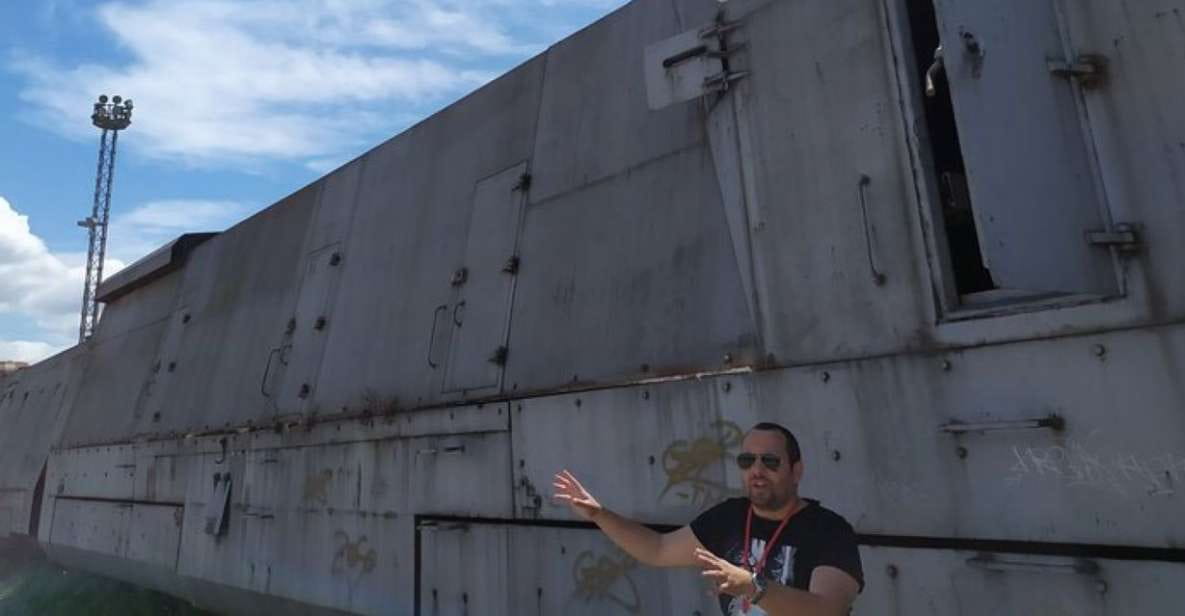
The tour typically begins at Trg Franje Tuđmana 1, located along the Riva promenade in the heart of Split’s historic city center. This is a prime spot, offering stunning views of the Adriatic Sea and the city’s iconic Diocletian’s Palace.
Participants will meet their local, licensed guide here, ready to embark on an immersive journey through Split’s communist past. From this central starting point, the group will set out to explore the various landmarks that played a significant role in Split’s political, industrial, and economic life under Yugoslavia’s communist regime.
The convenient meeting location sets the stage for an enlightening and engaging tour through this fascinating chapter of Split’s history.
Key Stops
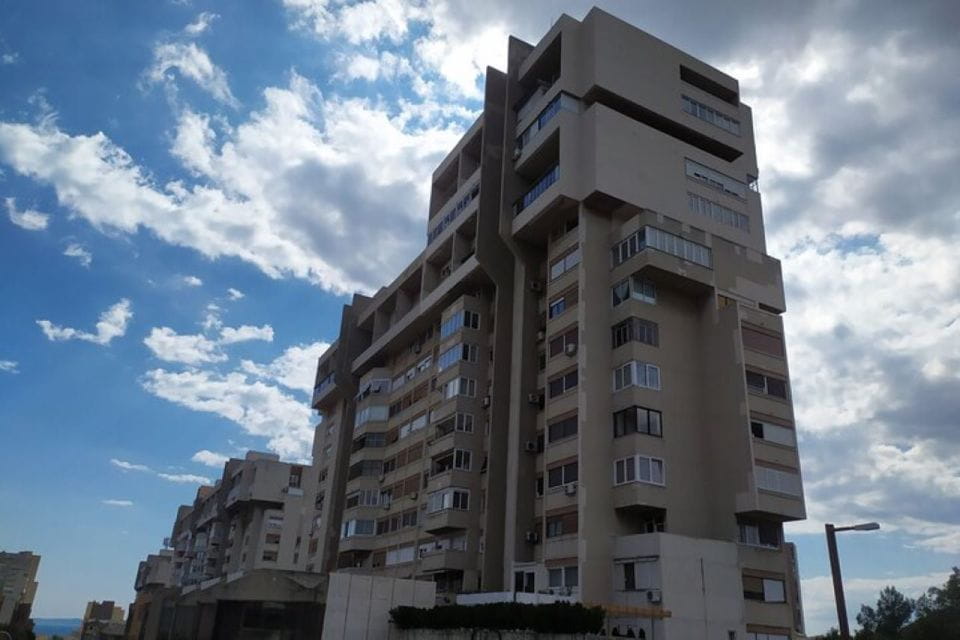
Touring Split’s communist landmarks, the itinerary highlights several key stops that provide in-depth insights into the city’s political, industrial, and economic history during the Yugoslav era.
Visitors first visit Poljud Stadium, a modernist sports complex built in the 1970s.
Next, they explore Prodajni centar Koteks, the first shopping mall in Yugoslavia, which showcases the country’s economic development under communism.
The tour then takes guests aboard Krstarica, a former Yugoslav navy ship, for a 1.5-hour cruise along the Dalmatian coast.
Other highlights include the Kopilica neighborhood, a prime example of socialist urban planning, and a photo stop at a hidden gem location.
Return Location
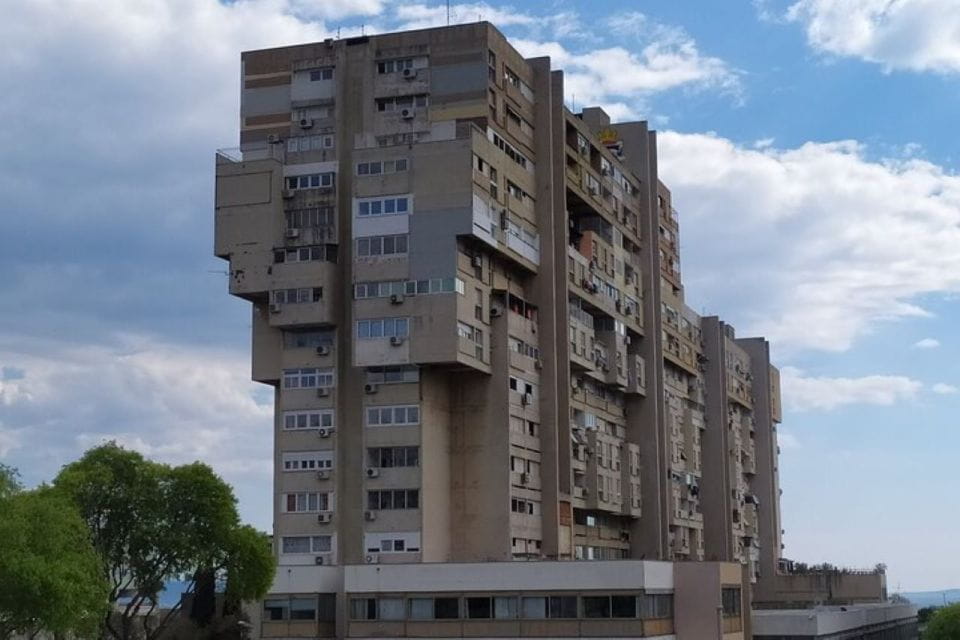
At the conclusion of the tour, guests return to the starting point at Trg Franje Tuđmana 1, the central square in Split’s historic center. This picturesque plaza serves as the perfect bookend to the journey through Split’s communist past.
Surrounded by charming Dalmatian architecture, visitors can take in the lively atmosphere and reflect on the insights they’ve gained. The guide will be on hand to answer any final questions and provide recommendations for further exploration of Split’s rich history and culture.
With a newfound appreciation for the city’s complex past, guests depart the tour with a deeper understanding of the legacy of communism in this fascinating Croatian destination.
Frequently Asked Questions
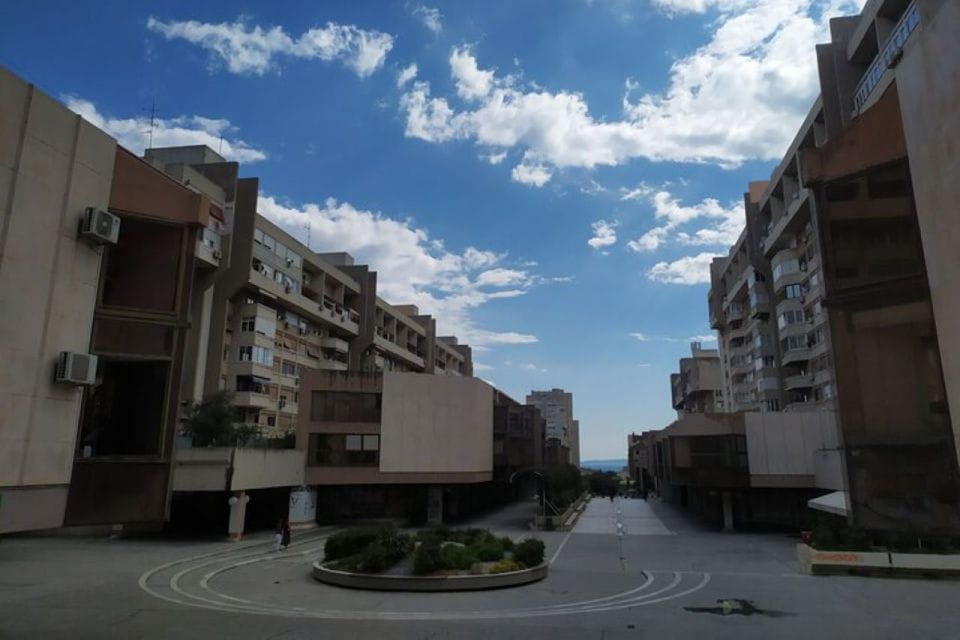
How Accessible Is the Tour for Individuals With Disabilities?
The tour can accommodate individuals with disabilities, though some physical aspects may pose challenges. Guests should consult the tour provider for specific accessibility information and accommodations available to ensure a comfortable experience.
Are There Any Age Restrictions or Requirements for the Tour?
The tour has no age restrictions or requirements. It’s open to participants of all ages, allowing families and individuals to explore the historical landmarks and learn about Split’s communist past together.
Can the Tour Be Customized or Tailored to Individual Interests?
The tour can be customized based on individual interests. The guide is flexible and open to tailoring the itinerary and focusing on specific aspects that most appeal to each participant. This allows for a personalized experience.
Are There Any Dress Code or Clothing Recommendations for the Tour?
There are no strict dress code requirements, but comfortable walking shoes and weather-appropriate clothing are recommended. Dressing casually allows participants to fully engage with the historical sites and experiences during the tour.
What Is the Level of Physical Activity Required During the Tour?
The tour involves a moderate level of physical activity, including some walking over uneven ground. Participants should wear comfortable shoes and be prepared for short periods of standing and light walking. The tour is suitable for most fitness levels.
Recap
The Communism History Landmarks Tour in Split offers a captivating journey through the city’s communist past.
Visitors can explore key sites, gain insights into Tito’s rule, and enjoy unique experiences like sitting in a Yugo car, all while learning from an expert guide with a deep understanding of the era.
This immersive tour provides a fascinating glimpse into Split’s history, leaving participants with a greater appreciation for the city’s complex past.
More Historical Tours in Split
- Split: Historical & Gastro Treasures Tour with Green Market
- Split: Historical Tour of Salona, Klis Fortress and Trogir
- Step into History: Private Guided Walking Tour of Split
- SPLIT:PRIVATE Emperor’s Walk for History Lovers+Museum
- Split Walking Tour: History, Legends & Tales
- Private History tour – small group
More Tours in Split
More Tour Reviews in Split
Not for you? Here's more things to do in Split we have recnetly reviewed
- History Walking Group Tour in Split
- Private Tour Krka National Park Waterfalls from Split
- Private Adventure: 6 Islands & Blue Cave Boat Tour
- Private Boat Tour with Customized Itinerary from Split
- Split: All Inclusive,Underwater Museum,Trogir, Blue Lagoon
- Open Panoramic Bus Tour +Guided Walking Tour in 10 languages
- Split: Blue Lagoon and 3 Islands Tour
- From Split: Cetina Family Quad Tour with Picnic
- Split: Sunset Guided Kayaking Tour
- Split: Sunset Boat Party with Live DJs and Blue Lagoon Swim
- Split: Guided Sea Kayaking Tour with Snorkeling
- Split: Blue Lagoon and 3 Island Cruise with Food and Drinks
